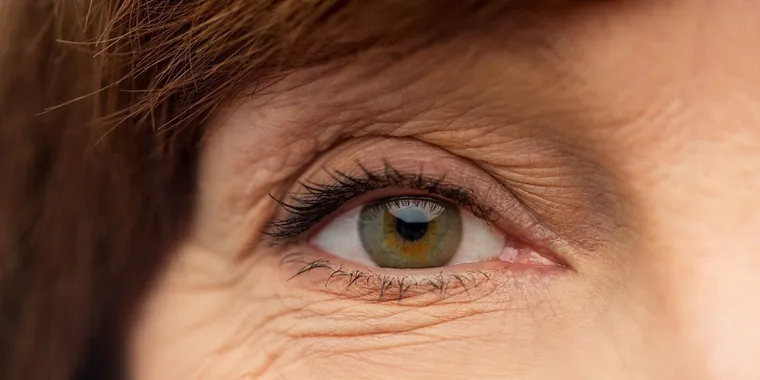Macular degeneration is a common eye condition and a leading cause of vision loss, particularly in older adults. This condition affects the macula, the central part of the retina responsible for clear, detailed vision. As macular degeneration progresses, it can severely impair one's ability to see fine details, read, drive, and recognize faces. This article explores the causes, symptoms, and available treatments for macular degeneration, providing essential information for those affected and their loved ones.
What is Macular Degeneration?
Macular degeneration, also known as age-related macular degeneration (AMD), primarily occurs in two forms: dry and wet.
Dry Macular Degeneration
Dry AMD is the most common form, accounting for about 80-90% of cases. It involves the gradual breakdown of the macula's light-sensitive cells, leading to a slow loss of central vision. One of the earliest signs of dry AMD is the accumulation of tiny yellow deposits called drusen beneath the retina.
Wet Macular Degeneration
Wet AMD is less common but more severe. It occurs when abnormal blood vessels grow under the retina and leak fluid or blood, leading to rapid and significant vision loss. This form of the disease requires immediate medical attention to prevent further damage.
Causes and Risk Factors
While the exact cause of macular degeneration is not fully understood, several risk factors have been identified:
- Age: The risk increases significantly with age, particularly for individuals over 60.
- Genetics: A family history of AMD can increase the likelihood of developing the condition.
- Smoking: Tobacco use is a significant risk factor, doubling the chances of developing AMD.
- Diet and Lifestyle: Poor diet, obesity, and lack of exercise can contribute to the progression of macular degeneration.
- Exposure to Sunlight: Prolonged exposure to ultraviolet light may increase the risk.
Symptoms of Macular Degeneration
Macular degeneration often develops gradually, with symptoms varying based on the type and stage of the condition. Common symptoms include:
- Blurred or Distorted Vision: Objects may appear blurry or distorted, particularly straight lines, which can appear wavy.
- Difficulty Reading: Fine print becomes harder to see, even with glasses.
- Dark or Empty Areas: Dark or empty spots may appear in the center of your vision.
- Color Perception: Colors may seem less vibrant or more difficult to distinguish.
Visual Representation
Visual depictions of macular degeneration often illustrate the impact on vision. Images may show a scene with a central blurry spot, surrounded by clear peripheral vision, representing the experience of those with AMD. For wet AMD, visuals may depict wavy or distorted lines and dark spots. These images help convey the challenges faced by individuals with this condition, emphasizing the importance of early detection and treatment.
Treatment and Management
While there is currently no cure for macular degeneration, several treatments can slow its progression and help manage symptoms.
For Dry AMD
- Lifestyle Changes: Adopting a healthy diet rich in leafy greens, fish, and other nutrients can support eye health. Quitting smoking and maintaining a healthy weight are also crucial.
- AREDS Supplements: The Age-Related Eye Disease Study (AREDS) found that certain vitamins and minerals, including vitamins C and E, zinc, and copper, can reduce the risk of advanced AMD.
For Wet AMD
- Anti-VEGF Injections: These medications inhibit the growth of abnormal blood vessels and reduce fluid leakage in the retina. Regular injections can help stabilize vision and, in some cases, improve it.
- Laser Therapy: Laser treatments can seal leaking blood vessels, though this method is less commonly used due to advancements in anti-VEGF treatments.
- Photodynamic Therapy: This involves a light-activated drug that targets abnormal blood vessels in the retina.
Conclusion
Macular degeneration is a significant cause of vision loss, particularly among older adults. Understanding the types, causes, and symptoms of AMD is crucial for early detection and management. While there is no cure, various treatments and lifestyle changes can slow the progression of the disease and help maintain quality of life. Regular eye examinations and consultation with an eye care professional are essential for anyone at risk of or experiencing symptoms of macular degeneration.
